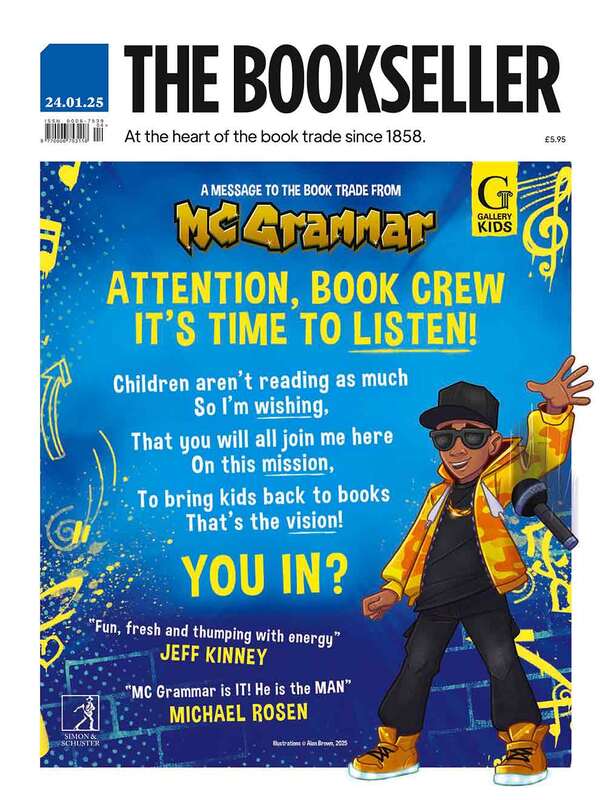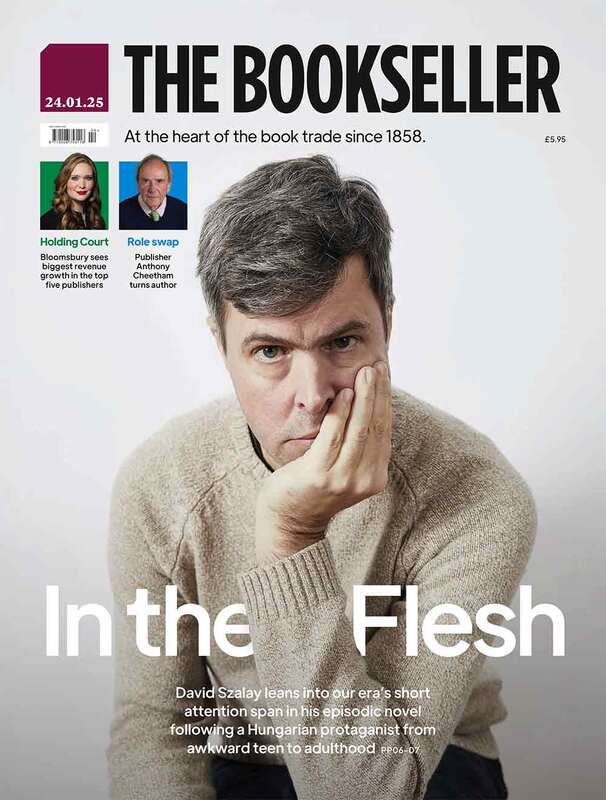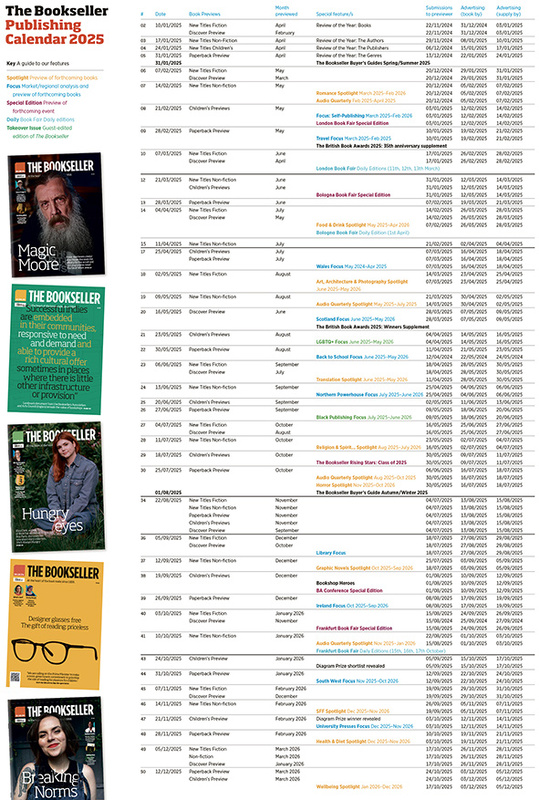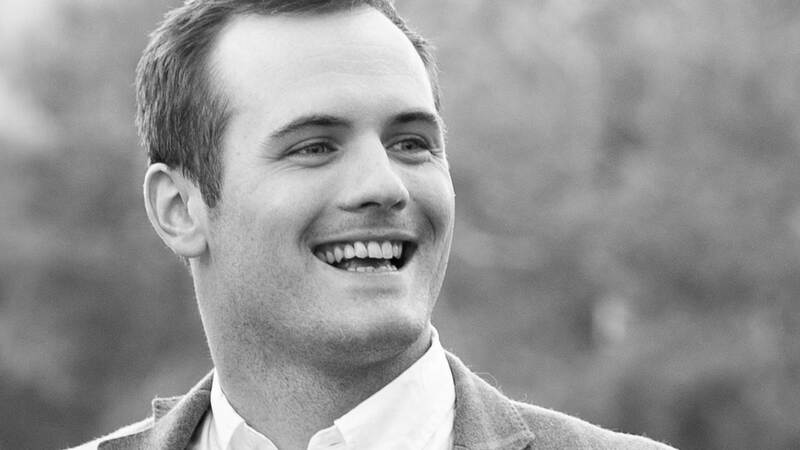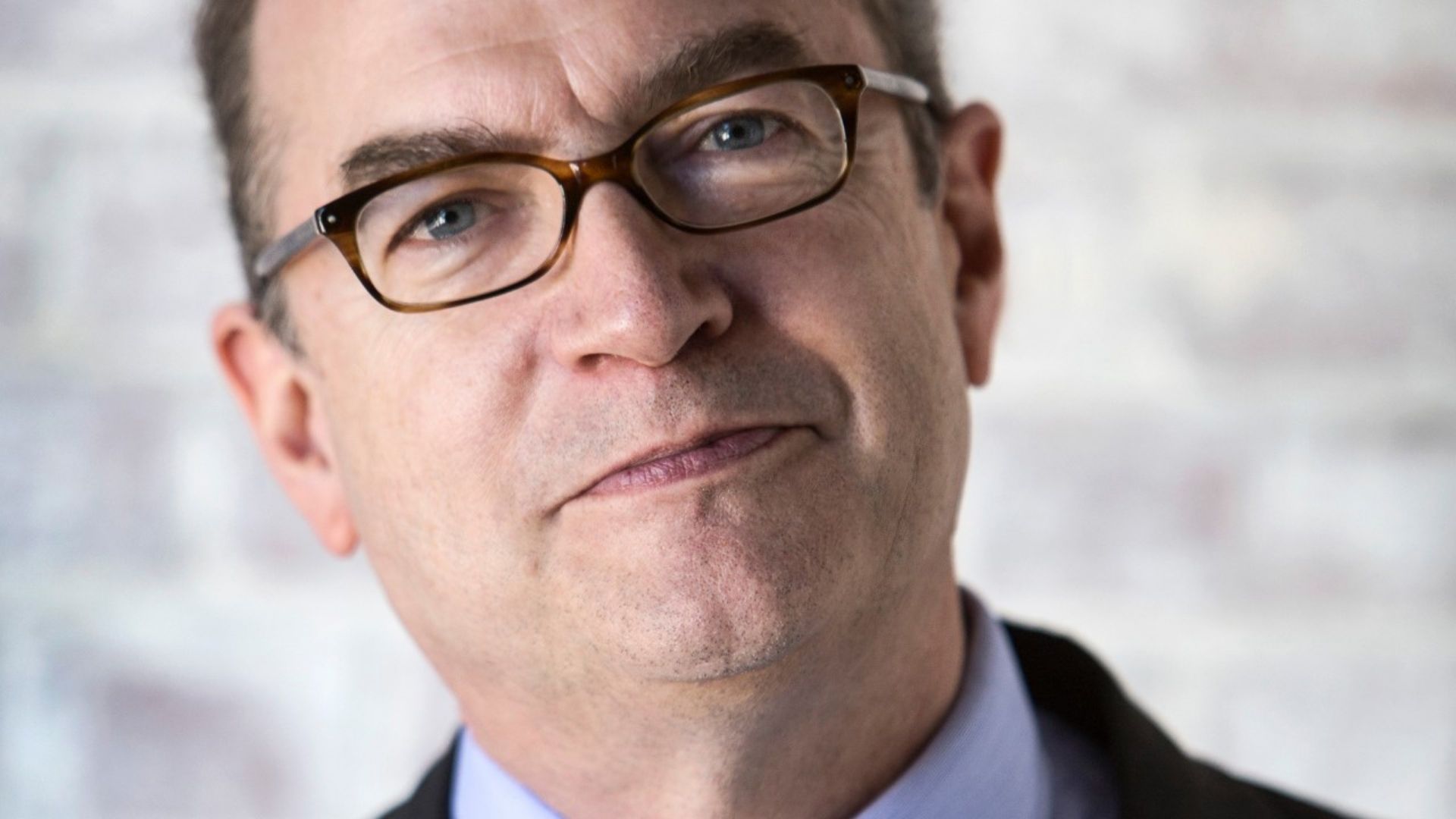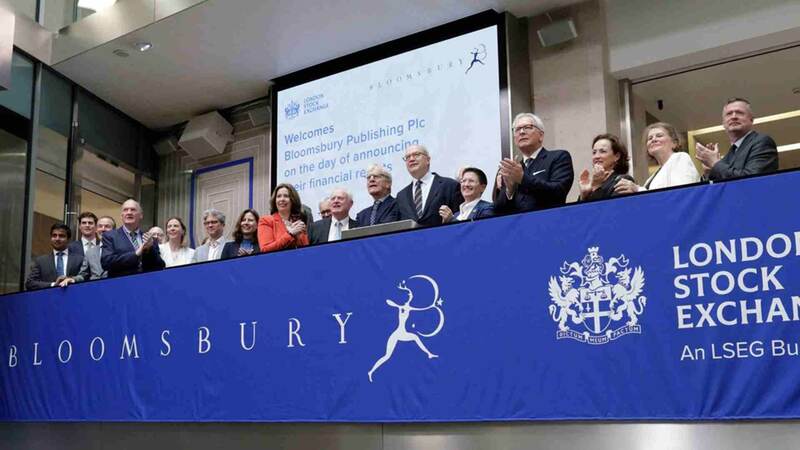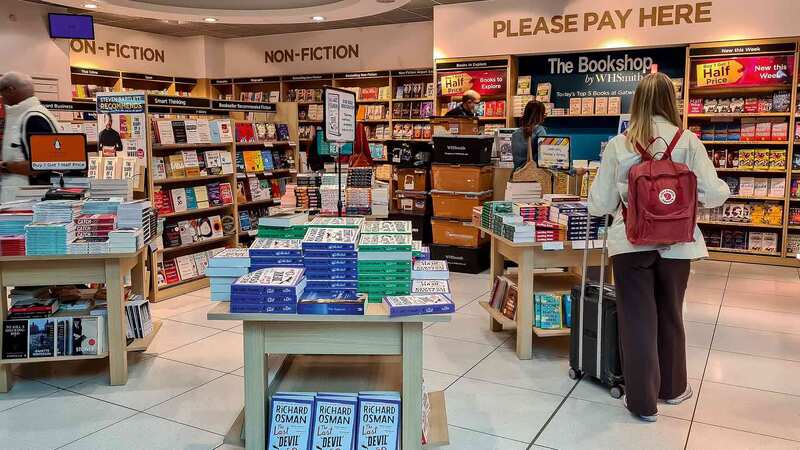You are viewing your 1 free article this month. Login to read more articles.
Indies condemn business rates system following Amazon disclosure
Independent booksellers have expressed frustration that they are proportionately being taxed as much as six times what Amazon pays in business rates relative to its turnover.
In the wake of revelations last week that, despite recording annual turnover of £8bn in the UK, retail giant Amazon pays just £63m in business rates - the proportional equivalent of 0.79% of its takings - a number of indie booksellers have revealed their business rates bills are proportionally higher than Amazon amid calls for major reform of the system.
While Goldsboro Books pays the equivalent of 4.2% of its takings, footing a business rates bill of £42,000 while turnover is just over £1m, Philip Downer, m.d. of Calliope Gifts in Surrey, and Jason Burley, co-owner at Camden Lock Books, both said they are paying business rates that are proportionally almost six times what Amazon pays at more than 4.5% their turnover. Meanwhile dwarfing Amazon’s relative bill almost seven-fold, Tim Batcup divulged his shop Cover to Cover in Swansea was paying as much as 5.25% of its takings.
Amazon has said business rates, which are based on the rateable value of the land a business uses, are "just one of a number of taxes" it pays in the UK and "just part of Amazon’s broader £9.3bn investment in the UK economy since 2010".
After Amazon revealed its business rates bill, Downer tweeted: “Amazon UK's business rates: 0.78% of sales. Little old @CalliopeGifts business rates: 4.53% of sales. So we're taxed proportionately at nearly 6x what Amazon pays. What could be fairer than that, eh?”
Batcup said the discrepancy between what high street booksellers and Amazon pay relative to their takings was "morally questionable to say the least".
He told The Bookseller: "I can't really believe they [Amazon] get away with it. It skews everything, you know. It fits into the bigger picture of online giants scooping the heart out of the high street. That really is the conversation everyone is having and it does need to be rectified at some point or it will be too late."
Camden Lock Books co-owner Burley said his business rates have escalated 14% on the year before to just shy of £11,000 pa. Burley expressed concerns the business rates system could dissuade up-and-coming booksellers from entering the profession. “I think all bookshops should be on the same level footing," he said. "When you think about the good bookshops do in their communities and the quality of employment they are giving to their staff, I think it [the reduction of business rates for bookshops] is something we should carry on fighting for until we are given it.
“We all would benefit if we had more bookshops spread throughout more communities. But I can’t see, unless somebody influential picks up the baton, that anything is going to change.”
David Headley, m.d. of Goldsboro Books, criticised the rates system as "completely flawed". "That is why the high streets are littered with empty shops. You have to sell a lot of books to cover the rates," he said.
In a previous statement Amazon explained its business rates payment, saying: "Since most of our facilities are very large—a million or more square feet with many thousands of employees—they need to be located away from city centres and near major transportation infrastructure, which enables us to meet the needs of the customers and sellers that rely on Amazon every day. These payments are just part of Amazon’s broader £9.3 billion investment in the UK economy since 2010, which includes creating 2,500 jobs last year — bringing our total UK workforce to over 27,500."
In October 2018, Chancellor Philip Hammond confirmed a two-year tax cut to business rates of one third for all retailers in England with a rateable value of £51,000 or less. However this is not enough to rectify distortions in the marketplace, organisations such as the BA believe, as it continues to lobby for further change.
BA m.d. Meryl Halls has branded the “clearly unfair” business rates system as “no longer fit for purpose”. Business rates are currently calculated by multiplying the rateable value of property by the standard or small business multiplier set by the government.
Vivien Godfrey, c.e.o. of Stanfords, which recently moved premises to slash establishment costs by £800k a year, has called for an entirely different method of calculating business rates, which are currently worked out by multiplying the rateable value of property by the standard or small business multiplier.
“I personally think business rates should be calculated completely differently. I think calculating according to the value of the property that you occupy is not fit for purpose in the 21st century,” Godfrey said. “I think there are a whole series of criteria that should be taken into account. I think for example the square footage you occupy, the number of employees that you have, the number of vehicles that your business has to put on the road to supply your products and services and they aren’t necessarily vehicles owned by you. You could be using a third party but your products don’t reach the consumer unless you have vehicles on our roads. Why is the number of employees important? The number of employees you have on your payroll are going to be in some way a proxy for the national resources that your company is using and therefore your business rates to some degree ought to contribute to that.
"I’m not an economist but I know it’s not that hard to take a series of criteria and replace the one thing that we are focused on, I think we can do better.”
To hold big tech to account, a new temporary Digital Services Tax "to ensure certain digital businesses pay tax reflecting the value they derive from UK users" is in the pipeline for April 2020. A consultation on its design and administration is open until the end of February.

